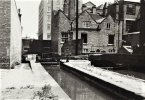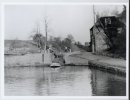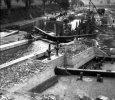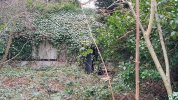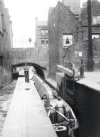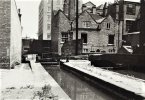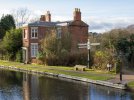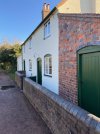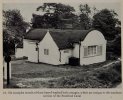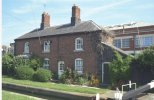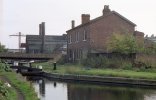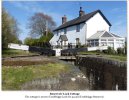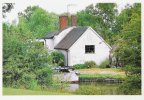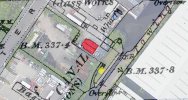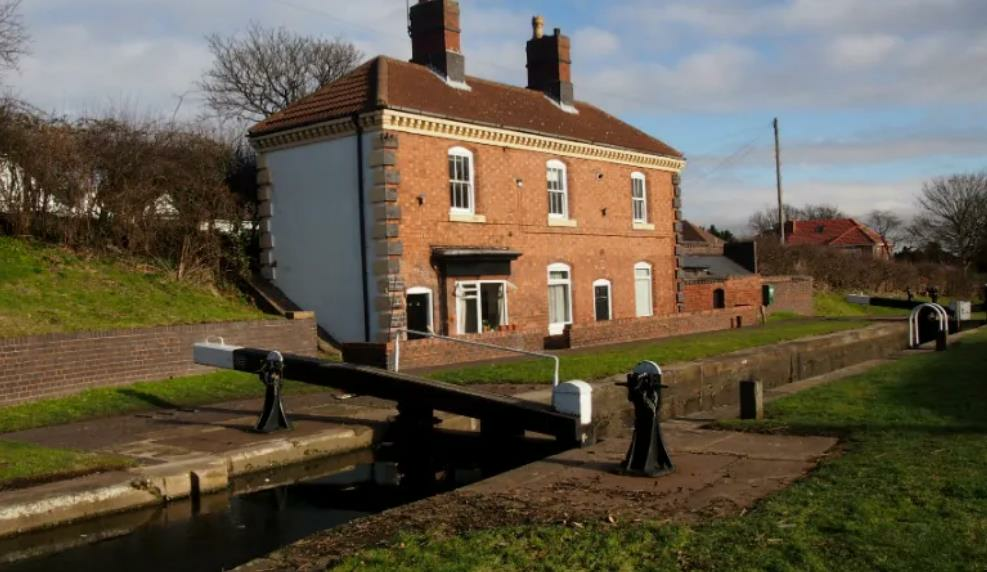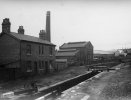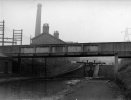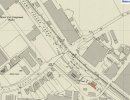Heartland
master brummie
Ah the reconstruction of the locks were part of a greater scheme, which I mention in my books Silent Highways.
The Grand Union Canal Company created their own carrying company and built up a group of interconnected transport companies that included crossing the channel. The advent of war prevented the full development of that route potential. There were men of vision involved in that scheme who were keen to avoid the growing use of road lorries.
The 1920's and 1930's saw two waterway improvement schemes; on the Trent and Grand Union. After the war there GU organisation was broken up, with the narrowboat fleet passing to the Docks & Inland Waterways, South Eastern fleet. British Waterways later came up with cross channel schemes tied up with the existing UK waterways, LASH & BACAT. The BACAT or Barge Aboard Catamaran was the most ambitious. Here special large barges would be hauled by tugs along the North Eastern Waterways to the Humber and then pass by Catamaran to the Netherlands and from their access the European Waterways network.
The dockers at Hull opposed this scheme and the trial was ended. This happened in the years of strong Union power (early 1970's) and whilst it highlights the union view of protecting jobs, a new transport system was destroyed at the same time. With it went the potential of new trade and new jobs. Nor did the dockers win, changing trading conditions saw much change at the ports. Had the BACAT system been allowed to continue, it may have become a pillar of the cross channel freight route.
The Grand Union Canal Company created their own carrying company and built up a group of interconnected transport companies that included crossing the channel. The advent of war prevented the full development of that route potential. There were men of vision involved in that scheme who were keen to avoid the growing use of road lorries.
The 1920's and 1930's saw two waterway improvement schemes; on the Trent and Grand Union. After the war there GU organisation was broken up, with the narrowboat fleet passing to the Docks & Inland Waterways, South Eastern fleet. British Waterways later came up with cross channel schemes tied up with the existing UK waterways, LASH & BACAT. The BACAT or Barge Aboard Catamaran was the most ambitious. Here special large barges would be hauled by tugs along the North Eastern Waterways to the Humber and then pass by Catamaran to the Netherlands and from their access the European Waterways network.
The dockers at Hull opposed this scheme and the trial was ended. This happened in the years of strong Union power (early 1970's) and whilst it highlights the union view of protecting jobs, a new transport system was destroyed at the same time. With it went the potential of new trade and new jobs. Nor did the dockers win, changing trading conditions saw much change at the ports. Had the BACAT system been allowed to continue, it may have become a pillar of the cross channel freight route.

